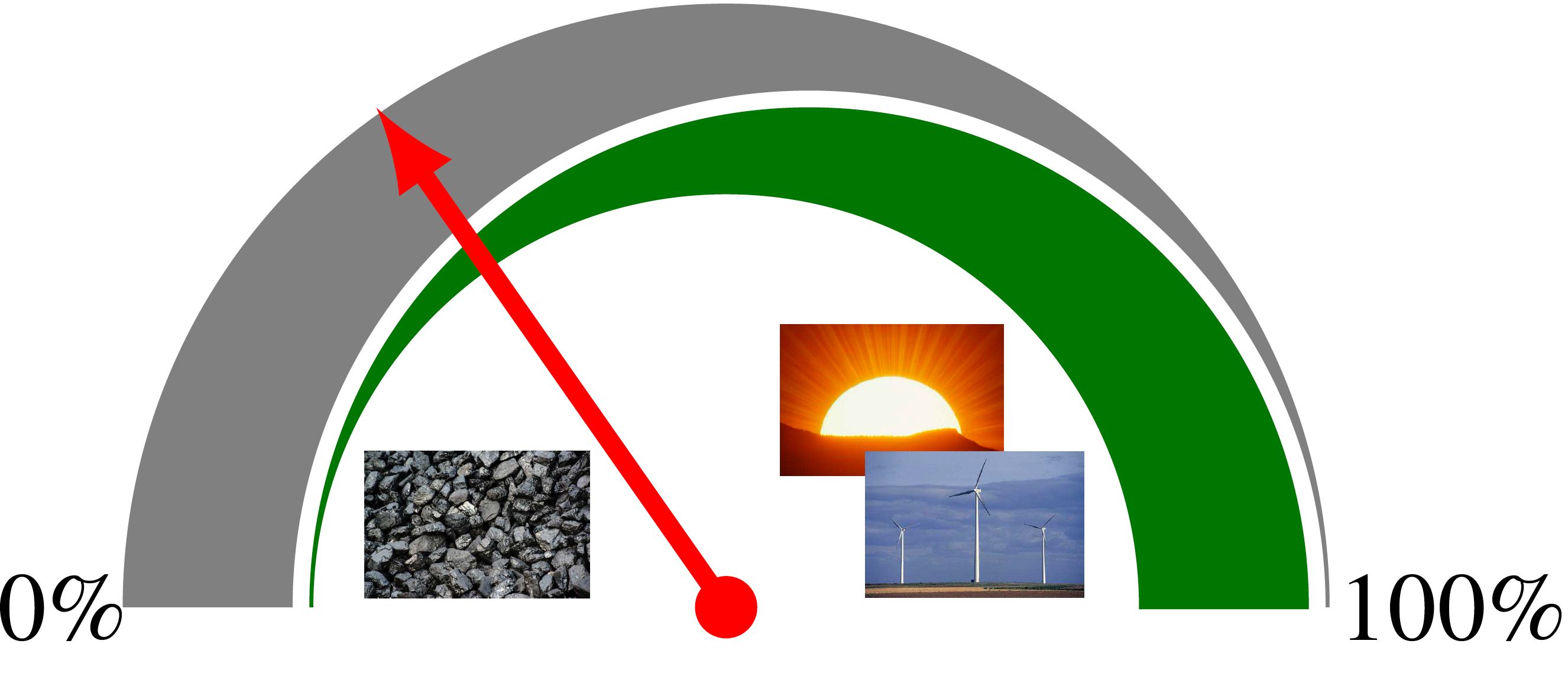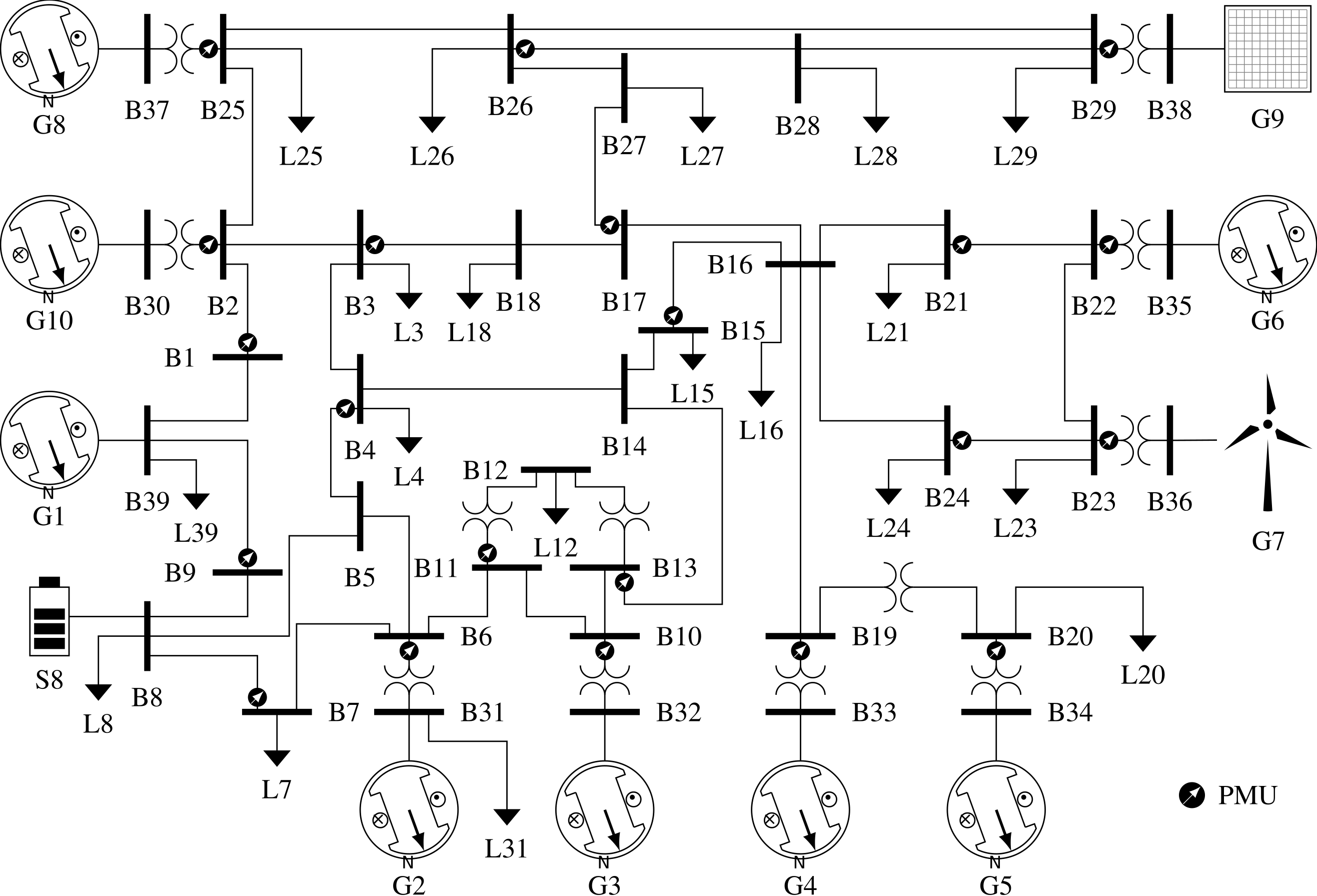Hugo N. Villegas Pico's Research
Research Interests
 |
My research is inspired from the ongoing transformation of power systems worldwide, which are increasingly dependent on converter-based energy resources. My research revolves around the design of controls for fault ride-through and black-start capability of wind turbines, solar photovoltaic, and battery energy storage. Also, my research addresses operational challenges of electric vehicles when facing subzero environments as well as impacts on power grids. |
Fault Ride-Through and Black-Start Capability of Wind Turbines
 |
I am researching control methods so that Type 3 and 4 assets are capable of: (i) restoring a wind-dominant power system from a blackout, (ii) withstanding re-energization transients, (iiii) riding through symmetrical and asymmetrical faults, as well as (iv) surviving and recovering from low-wind-speed events. I am testing the performance of the researched controls using high-fidelity simulation environments, e.g., PLECS and PSCAD. These are challenging problems that address grid-forming control needs for converter-based generation. Please, refer to the research roadmap on grid-forming inverters I contributed to when at NREL. |
Fast-Charging Capability of Electric Vehicles and Grid-Impacts
 |
Fast charging a battery pack of an electric vehicle (EV) in subzero climates can cause lithium plating. To address this problem, I am engineering control loops to preheat an EV battery before fast charging. This research is significant for EV adoption in subzero climates and to assess impacts of EVs on electric grids. |
Transient Stability of Multi-Machine Multi-Converter Power Systems
 |
I have developed a comprehensive model of photovoltaic (PV) power plants and proposed an assessment method to predict in silico undesirable performance of multi-machine multi-converter power systems during transmission faults. This work is motivated by fault-induced disconnections of significant amounts of PV generation during the Blue Cut Fire and Canyon Fire 2 events in California. The proposed model has better fidelity than standard models because it incorporates the dynamics of phase-locked loops (PLLs), dc-links, and PV arrays. Hence, my simulations capture the postmortem findings on the aforementioned fault-induced disconnection events, e.g., off nominal PLL frequency and dc-link reverse current. |
Reachability Analysis of Linear Dynamic Systems
 |
I developed a method to conduct reachability analysis of linear dynamic systems with uncertain initial conditions and inputs. I advanced the state of the art of reachability analysis by elucidating a theorem that determines the initial conditions and inputs that cause deleterious state and/or output trajectories in linear systems. The theorem is valuable because the calculated initial conditions and time-domain inputs can be used for extreme physical experimentation of devices and systems. Notably, my theorem accounts for particular physical attributes of the inputs which can be either constant, completely arbitrary (possibly discontinuous), or bounded Lipschitz continuous (rate limited). I applied the technique to study the frequency response of power systems to uncertain load-generation imbalances. |
Voltage Ride-Through Capability of Wind Turbines
 |
I have proposed a reachability analysis approach to analyze the dynamic response of wind turbines interfaced with various power electronic topologies to voltage disturbances. This work was motivated by voltage ride-through (VRT) codes which mandate wind turbines to remain connected for a range of terminal voltages which are bounded by time-domain envelopes. The essence of the method is to calculate state-space sets that contain all possible wind-turbine state trajectories as being driven by uncertain voltage disturbances. To study the VRT capability of type-4 wind turbines, I modeled this converter-based system as a differential equation with uncertain initial conditions and inputs. My paper addressing this problem and published in the IEEE Transactions on Energy Conversion was named the best paper over 2013–2014 and also received the IEEE PES Prize Paper Award for 2015. I extended the method to study type-3 wind turbines. |